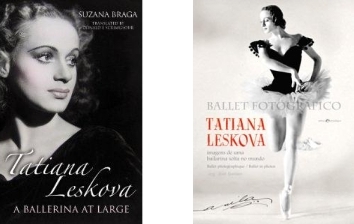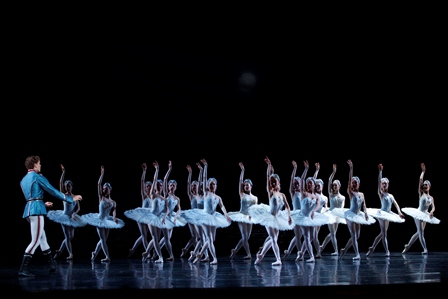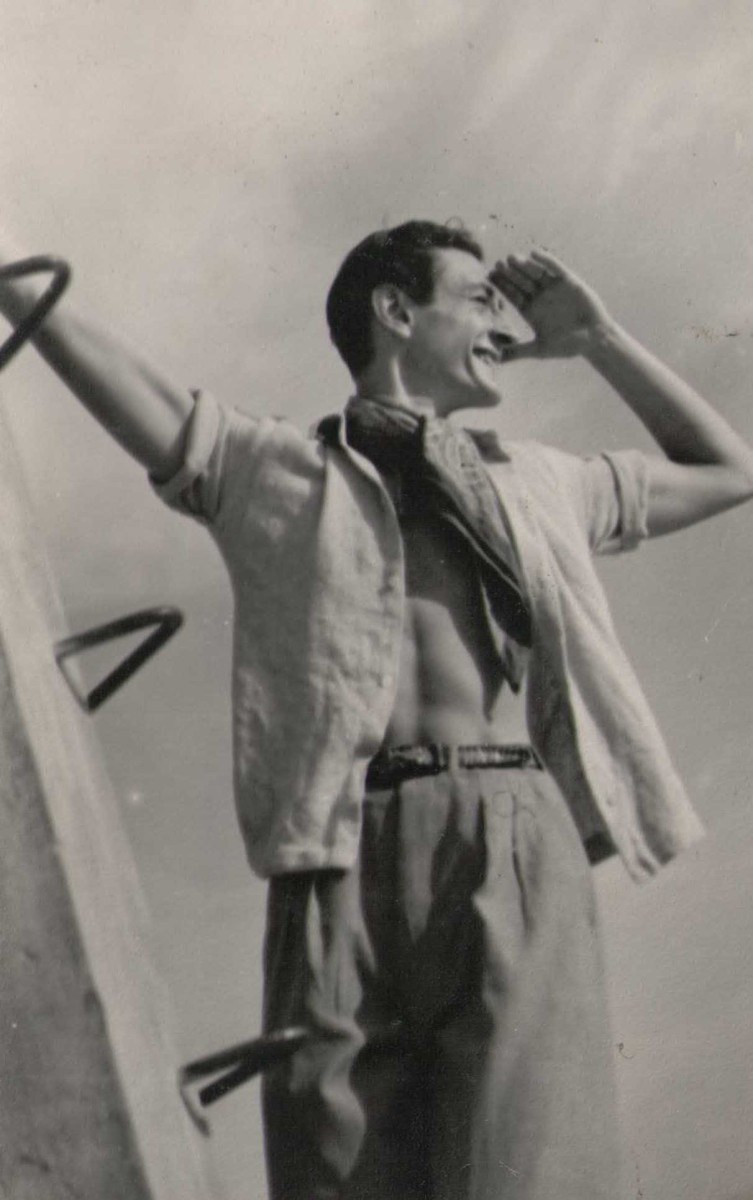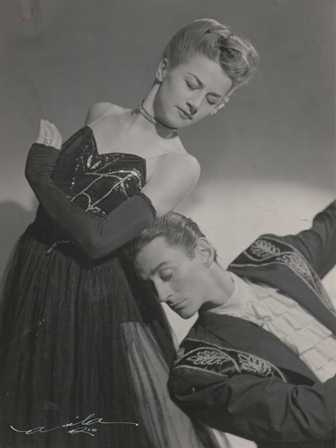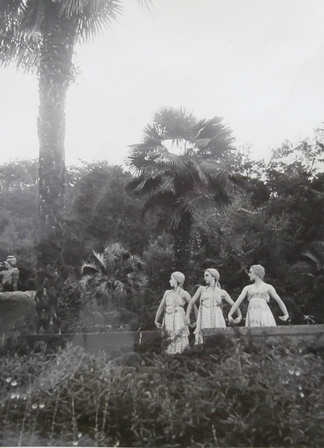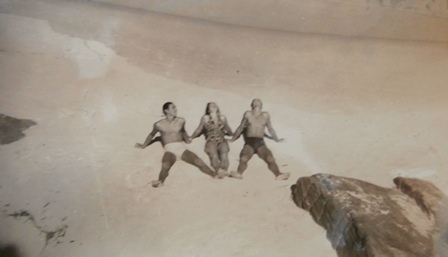When I first wrote about what Canberra dance audiences are likely to see in 2013 there was no mention of what Liz Lea, current artistic director of Canberra Dance Theatre, would be presenting over that year. Well, not surprisingly, Lea has a number of shows in development for 2013.
Over the past several months, Lea has been choreographer-in-residence at CSIRO Discovery in Canberra where she is researching bird flight, feathers and behaviour, and examining how the paths of history might inform current dance practice. Many of her plans for 2013 will build on the research and work-in-progress activities she has engaged in as part of the residency. A major venture is Seeking Biloela, which Lea will direct at the Street Theatre, Canberra, on 26 and 27 October. The show will consist of two solo works, ‘Magnificus, magnificus’ and ‘Kaught’.
‘Magnificus, magnificus’, performed by Tammi Gissell and directed by Lea, develops the work-in-progress that Lea showed at CSIRO Discovery during Science Week in August 2012 and in which Gissell made such an impression.
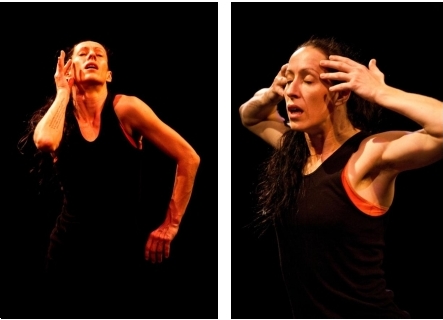
In its expanded form the work is inspired by the red-tailed black cockatoo, as indeed the work-in-progress was as well, and the developed work will, as Lea puts it, ‘explore the nature of being a performer, where we come from and how we go forward’.
‘Kaught’, created and performed by Lea, is inspired by the writings of the freedom fighter Ahmed Kathrada, who was imprisoned alongside Nelson Mandela for 26 years. In particular, ‘Kaught’ focuses on Kathrada’s favourite Hindi song about a trapped bird. In addition to Lea, ‘Kaught’ will feature the ARIA Award winning tabla player Bobby Singh, along with composer and saxophonist Sandy Evans.
The creative team for Seeking Biloela 2013 also includes lighting designer Karen Norris, whose work for Bangarra Dance Theatre’s recent production, Terrain, was so impressive, and Japanese-Australian fibre installation artist, Naomi Ota.
Also during 2013 Lea will direct a company of four dancers to present InFlight, a work inspired by early Australian aviators and Australian bird life. This show has a two day season on 31 May and 1 June at the National Library of Australia. Other projects include a series of dance and science lectures at CSIRO Discovery in February; DANscienCE—a festival of dance and science at CSIRO Discovery and Canberra Dance Theatre studios for National Science Week in August; and a project in June at the National Gallery of Australia as part of Canberra’s Centenary celebrations.
More as information comes to hand but bouquets to Lea for her input into the Canberra dance scene. A bit of alternative dance life is definitely something the city needs.
Michelle Potter, 27 December 2012

